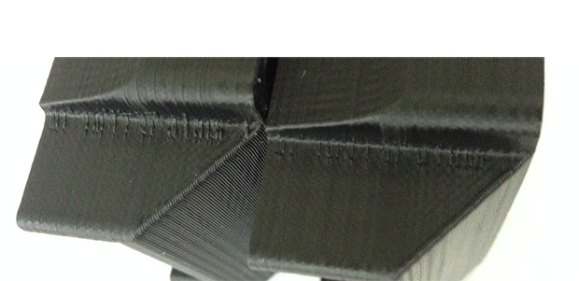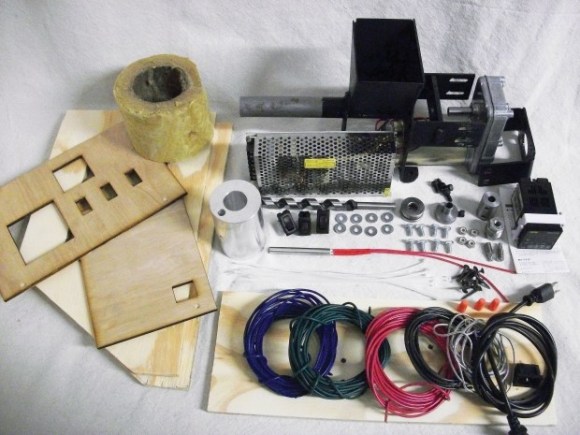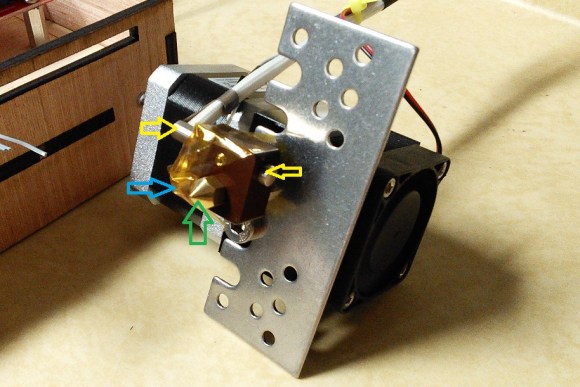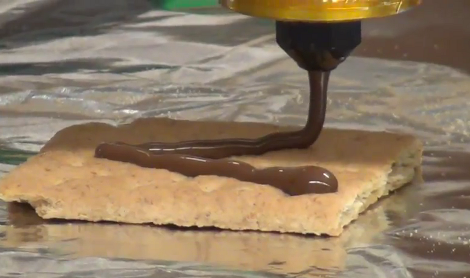
The current crop of 3D printers are technically four-axis machines, with three axes of movement and a fourth for the position of the filament. [Bas] had an entirely different idea – why not link the speed of the extruder to the speed of the nozzle? It turns out this technique gives you more ‘plasticy-looking’ prints and a vast reduction in blobbiness.
[Baz] has been working with LinuxCNC, a BeagleBone Black and the BeBoPr-Bridge cape, and there’s been a lot of development with that system in turning many straight lines into one smooth arc. This led him to adjusting the flow rate of a nozzle while the printer is running, but this is difficult if the extrusion is controlled by position as in a traditional printer setup. A new configuration was in order.
What [Baz] ended up with is a config that calculated the speed of the extruder based on the speed the nozzle is moving over the print surface. This gave him the ability to add live nozzle pressure adjustment, and as a result, a near complete disappearance of the little blobs that appear at the start of each layer.
For a well calibrated machine, it’s only a small difference between the ‘normal’ and ‘velocity’ methods of controlling an extrusion rate. It’s a noticeable difference, though, and one that vastly improves the visual quality of a print.















